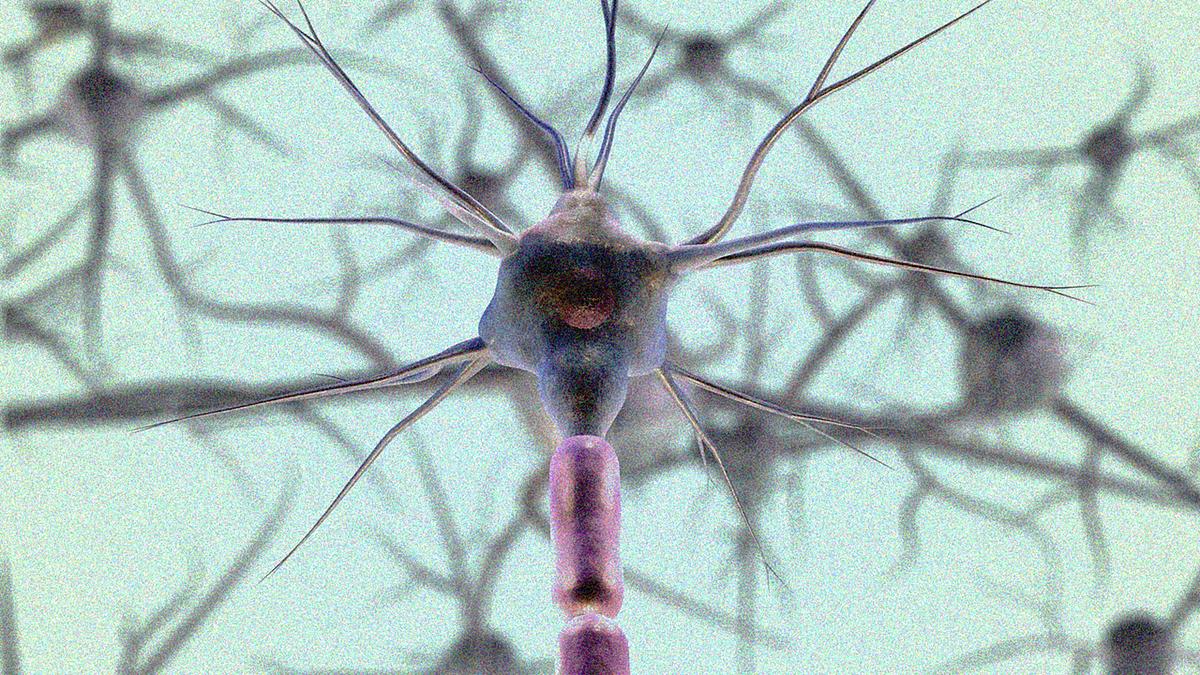The Evolutionary Emergence of Brain Intelligence in Terrestrial Animals
Core Concepts
The acquisition of virus-like genetic elements by tetrapods during their transition to land enabled the development of synaptic connections in neurons, marking the evolutionary origin of brain intelligence in terrestrial animals.
Abstract
The content discusses the evolutionary transition of sea animals to land, known as the tetrapod transition, which occurred during the Devonian period around 360-390 million years ago. Tetrapods, the first semiaquatic creatures to venture onto land, had limbs with digits instead of fins, allowing them to move in shallow water and on land. Over the next 60-90 million years, tetrapods evolved into amphibians and amniotes, with amniotes further diversifying into reptiles, mammals, and birds, fully conquering terrestrial habitats over an additional 100-150 million years.
During this transition to land, a remarkable event occurred: a virus-like genetic element hijacked the germline cells of tetrapods. This invasion endowed their neurons with the capability to form synaptic connections, which are vital for learning and memory. This was a pivotal moment in the evolutionary origin of brain intelligence in terrestrial animals, marking the beginning of their cognitive capabilities.
The Miraculous Origin of Brain Intelligence in Land Animals (Like Us)
Stats
The Devonian period occurred around 360-390 million years ago.
Tetrapods evolved into amphibians and amniotes over the next 60-90 million years.
Amniotes further diversified into reptiles, mammals, and birds over an additional 100-150 million years.
Quotes
"But during that venture onto land, an extraordinary event occurred: a virus-like element hijacked their germline cells. This invasion endowed their neurons with the capability to form synaptic connections vital for learning and memory. It was the beginning of land intelligence."
Key Insights Distilled From
by Shin Jie Yon... at shinjieyong.medium.com 07-29-2024
https://shinjieyong.medium.com/the-miraculous-origin-of-brain-intelligence-in-land-animals-like-us-5e288c356047
Deeper Inquiries
How did the acquisition of this virus-like genetic element specifically enable the development of synaptic connections in tetrapod neurons?
The acquisition of the virus-like genetic element in tetrapods played a crucial role in enabling the development of synaptic connections in their neurons. This genetic invasion led to the expression of genes that facilitated the formation of synapses, which are essential for neuronal communication. Synapses are the junctions where one neuron can transmit signals to another, allowing for the transmission of information throughout the nervous system. By hijacking the germline cells and introducing genes that promote synaptic connectivity, the virus-like element essentially kickstarted the evolution of neural networks in tetrapods, paving the way for the emergence of brain intelligence in land animals.
What other evolutionary adaptations or genetic changes might have been necessary for tetrapods to fully transition to a terrestrial lifestyle and develop advanced cognitive capabilities?
In addition to the acquisition of the virus-like genetic element for synaptic connections, several other evolutionary adaptations and genetic changes were likely necessary for tetrapods to fully transition to a terrestrial lifestyle and develop advanced cognitive capabilities. One crucial adaptation would have been the development of more efficient respiratory systems to support breathing in air, as opposed to relying solely on gills for oxygen exchange. This transition would have involved changes in the structure and function of the lungs to optimize gas exchange in terrestrial environments.
Furthermore, the evolution of limbs with digits for locomotion on land would have been essential, along with modifications in the skeletal structure to support the body's weight and movement on solid ground. Changes in sensory organs, such as the development of specialized eyes for terrestrial vision and the adaptation of olfactory systems for detecting land-based scents, would have also been necessary for navigating and surviving in new environments.
Cognitive capabilities, including learning and memory, would have required the expansion and specialization of brain regions responsible for processing sensory information, forming memories, and making decisions. This likely involved the development of more complex neural circuits and the refinement of synaptic connections to support higher cognitive functions.
What insights can the evolutionary origin of brain intelligence in tetrapods provide for our understanding of the emergence of intelligence in other species, including humans?
The evolutionary origin of brain intelligence in tetrapods offers valuable insights into the emergence of intelligence in other species, including humans. By studying the genetic and neural mechanisms that underlie the development of cognitive abilities in tetrapods, we can gain a better understanding of the evolutionary processes that have shaped intelligence across different lineages.
The role of synaptic connections in facilitating learning and memory in tetrapods highlights the importance of neural plasticity and connectivity in the development of intelligence. This suggests that similar genetic and neural mechanisms may have been involved in the evolution of cognitive capabilities in other species, including humans.
Furthermore, the transition to a terrestrial lifestyle in tetrapods required a series of adaptive changes in anatomy, physiology, and behavior, all of which likely influenced the development of cognitive abilities. By examining how these adaptations contributed to the evolution of intelligence in tetrapods, we can draw parallels to the factors that have driven the emergence of intelligence in humans and other species.
Overall, the evolutionary origin of brain intelligence in tetrapods provides a framework for understanding the diverse pathways through which intelligence has evolved in the animal kingdom, shedding light on the complex interplay between genetic, neural, and environmental factors that have shaped cognitive abilities in different organisms.
0
